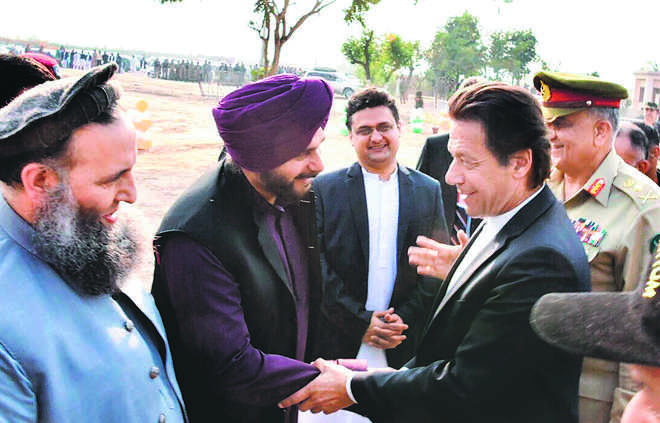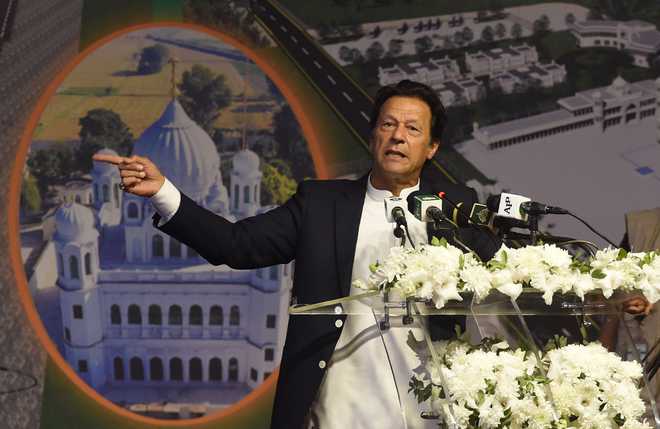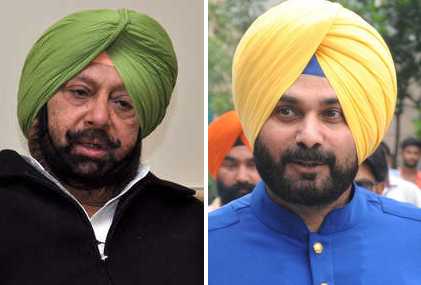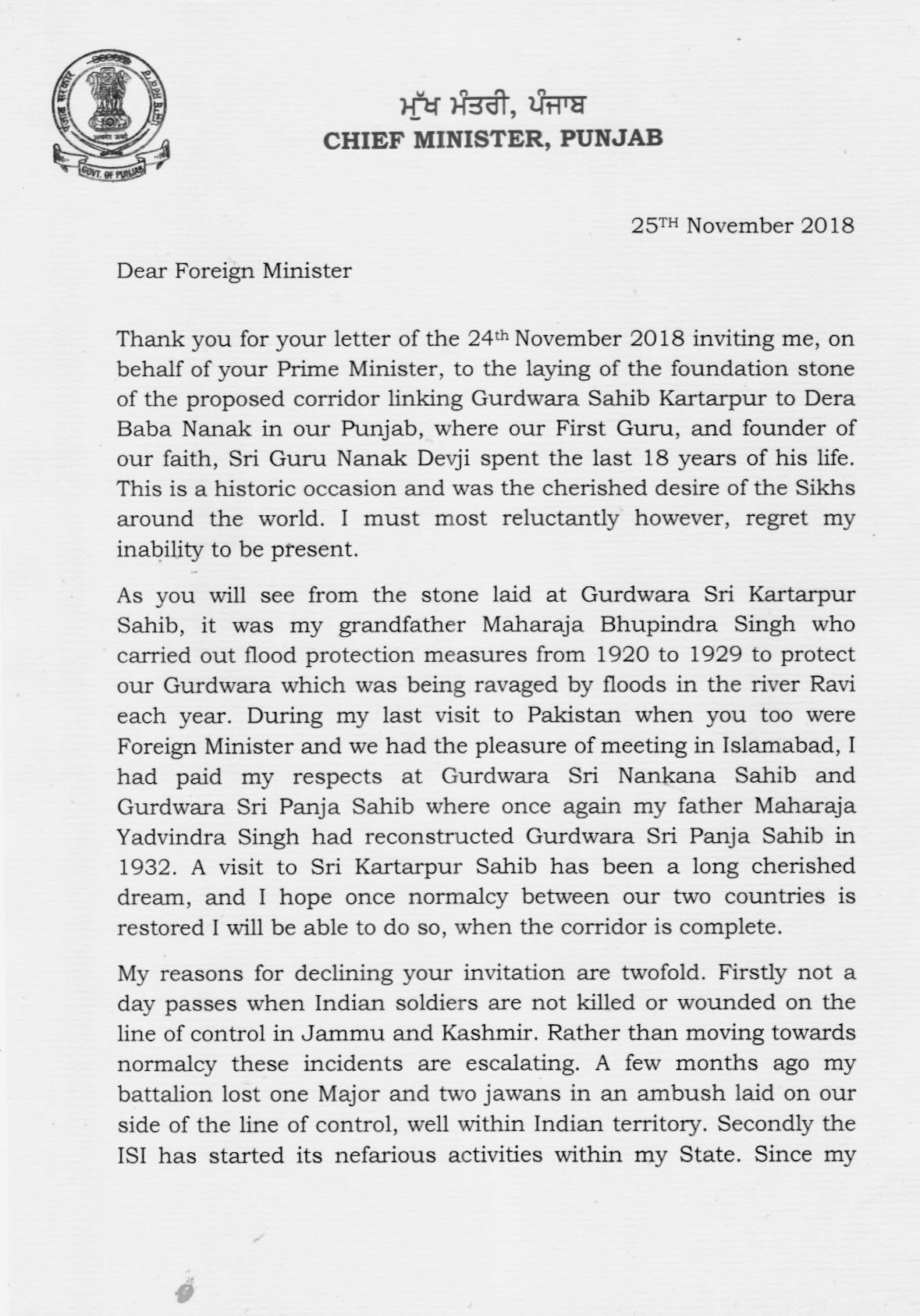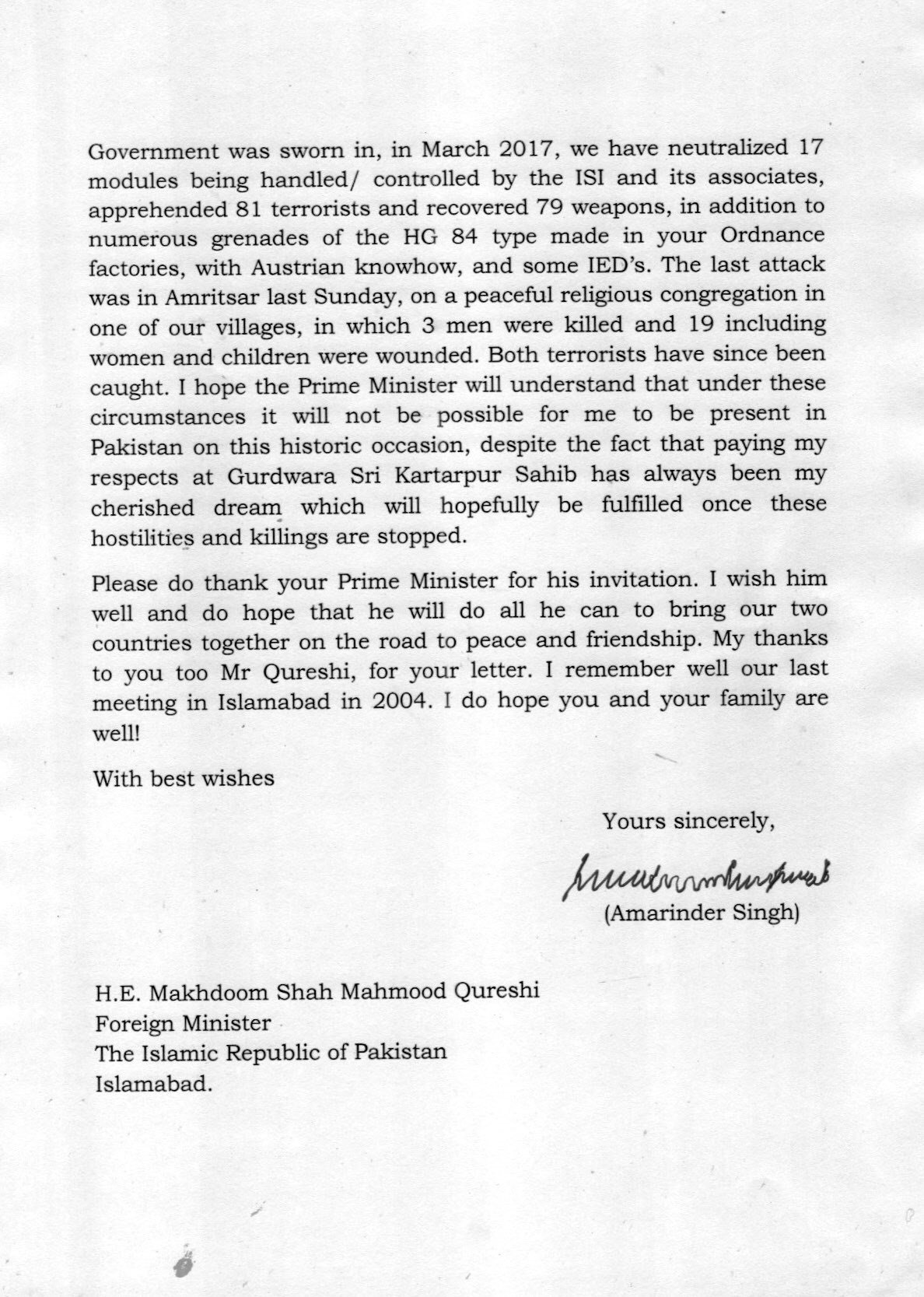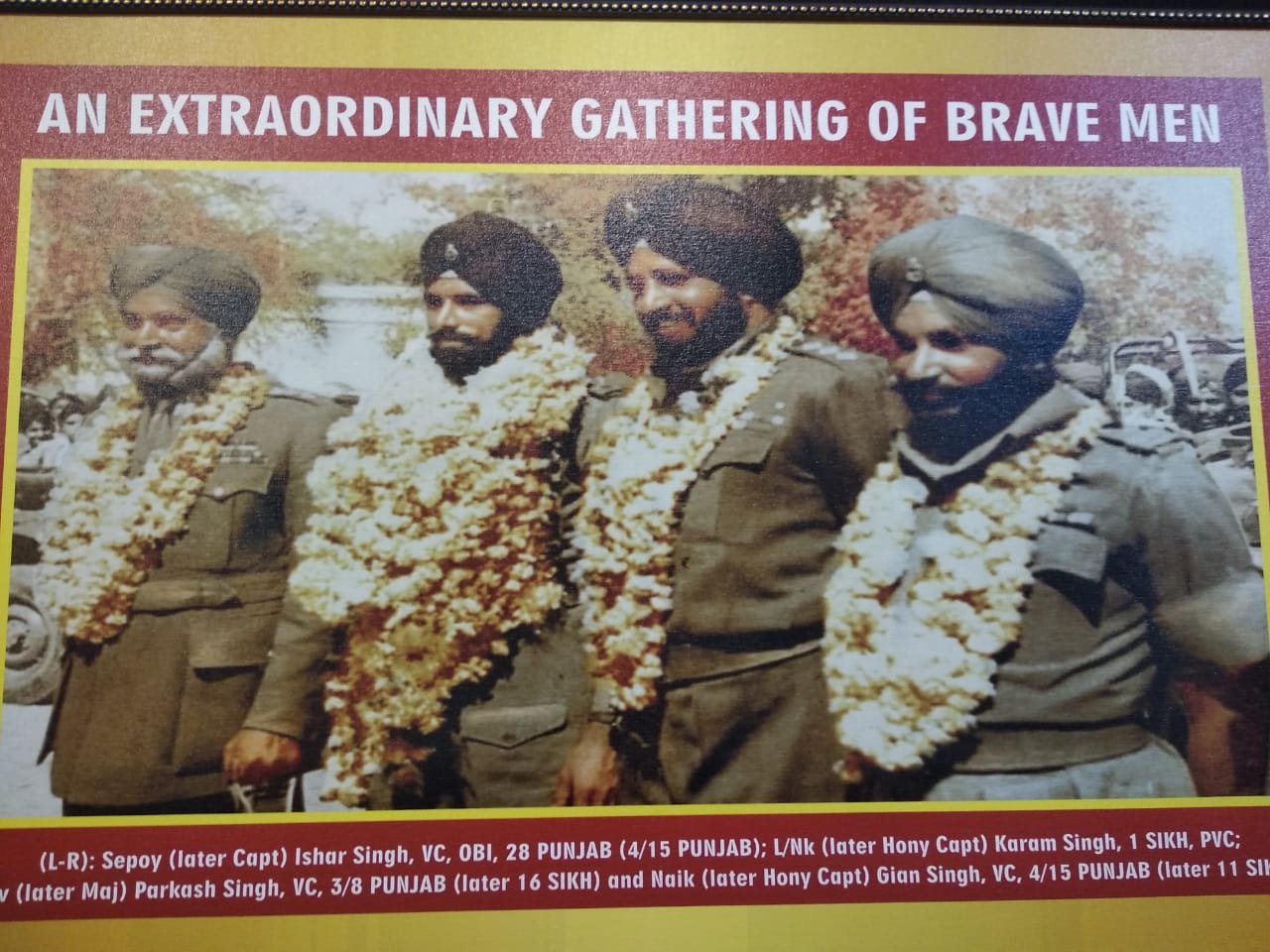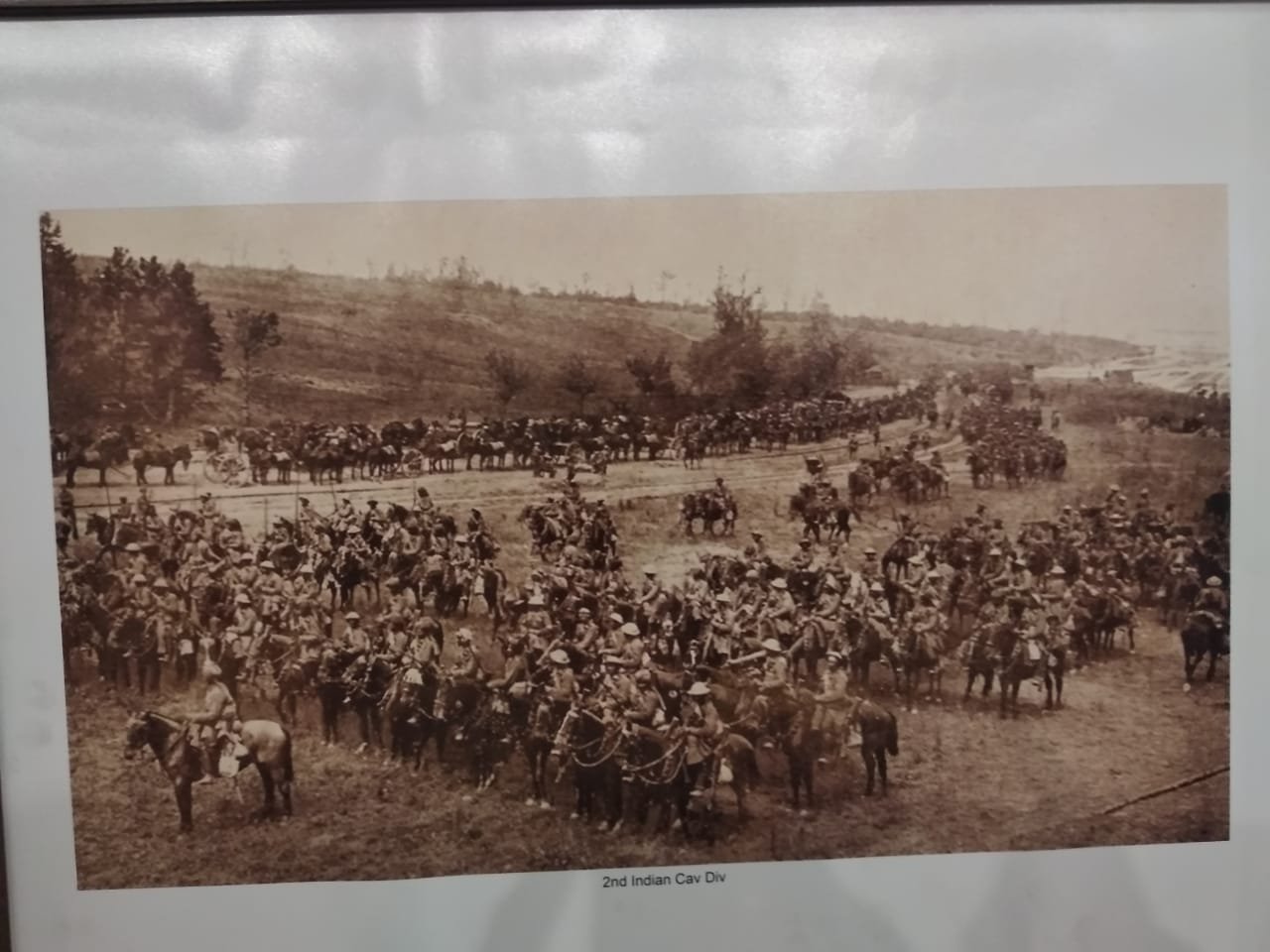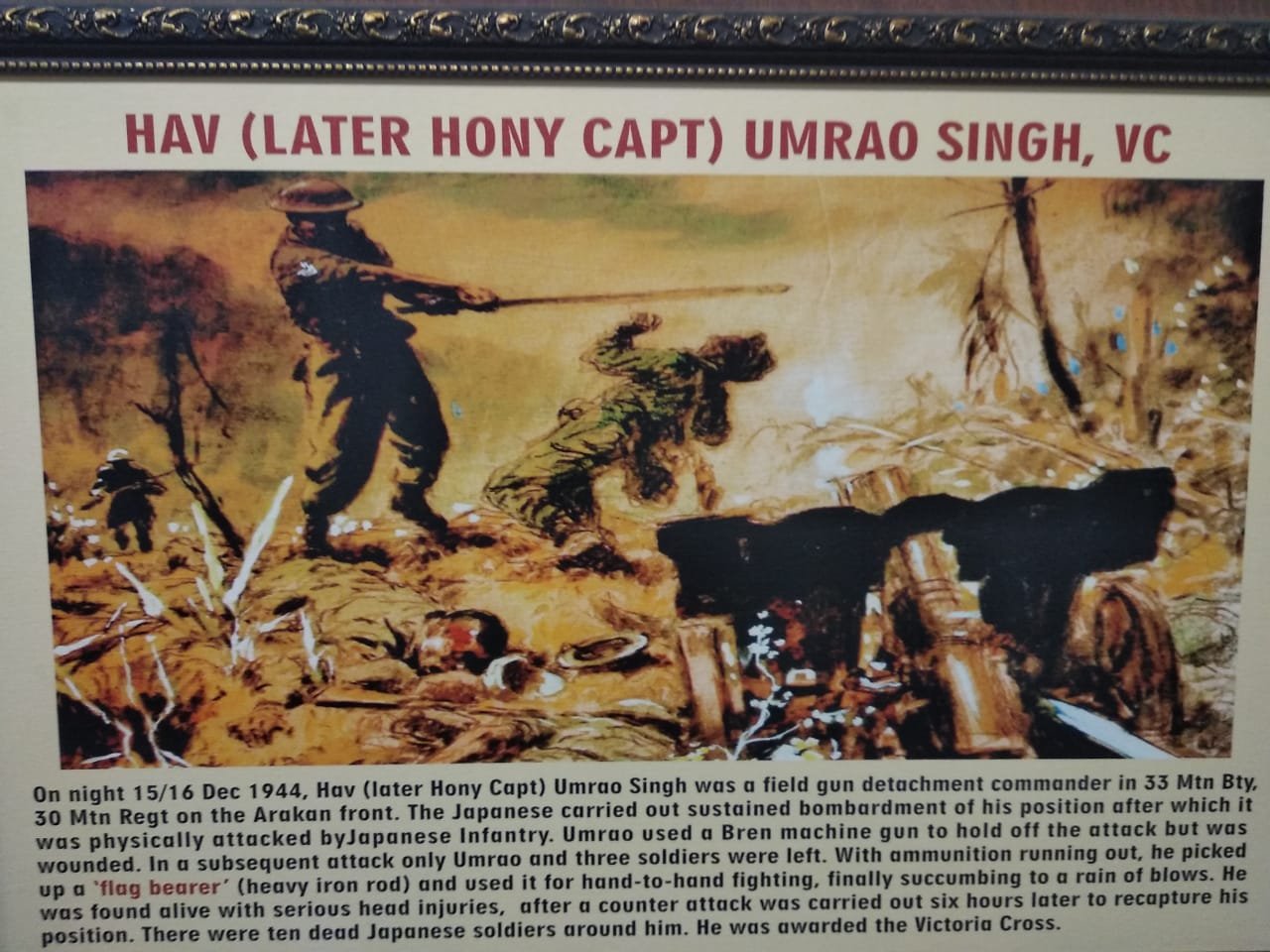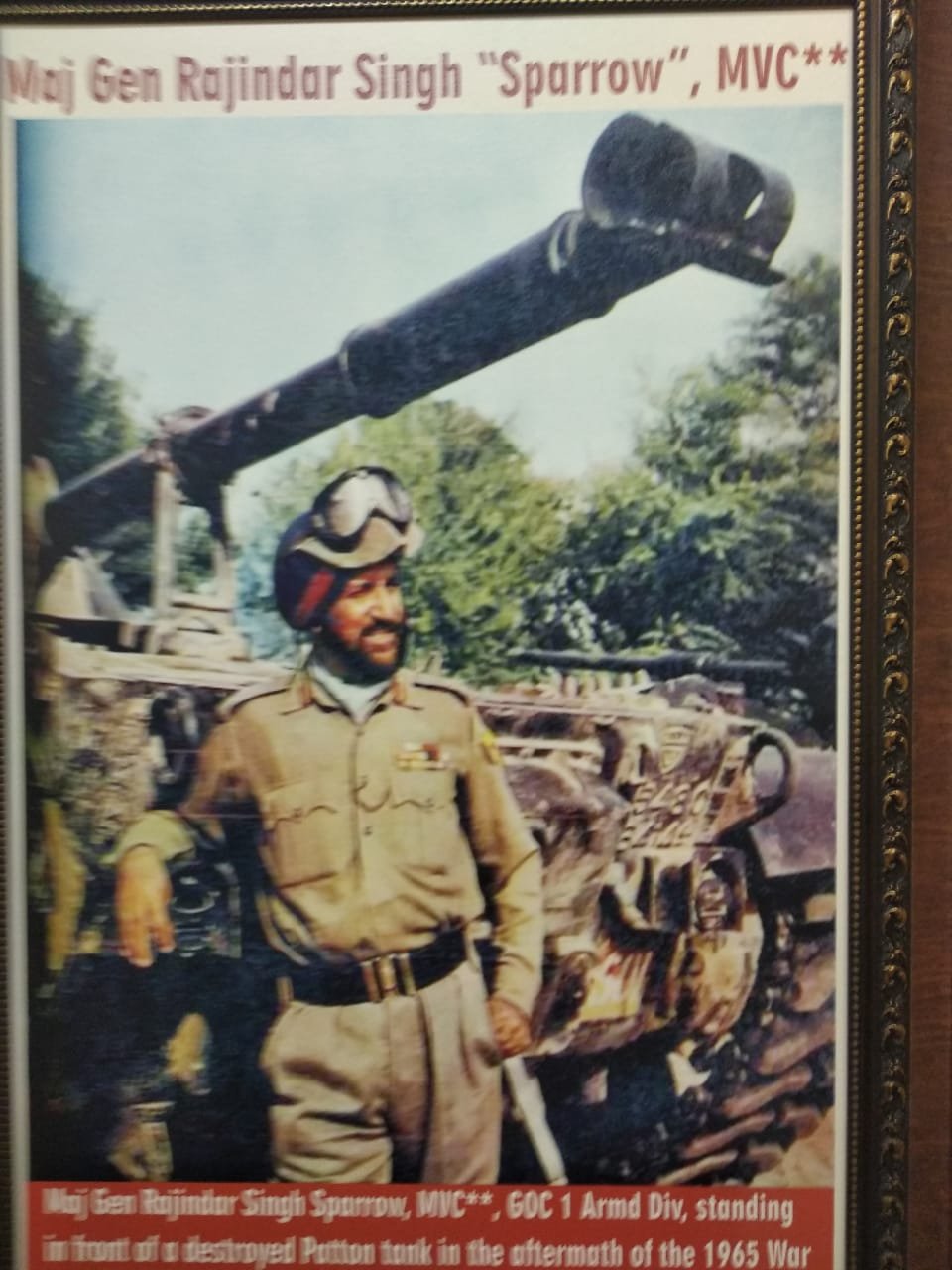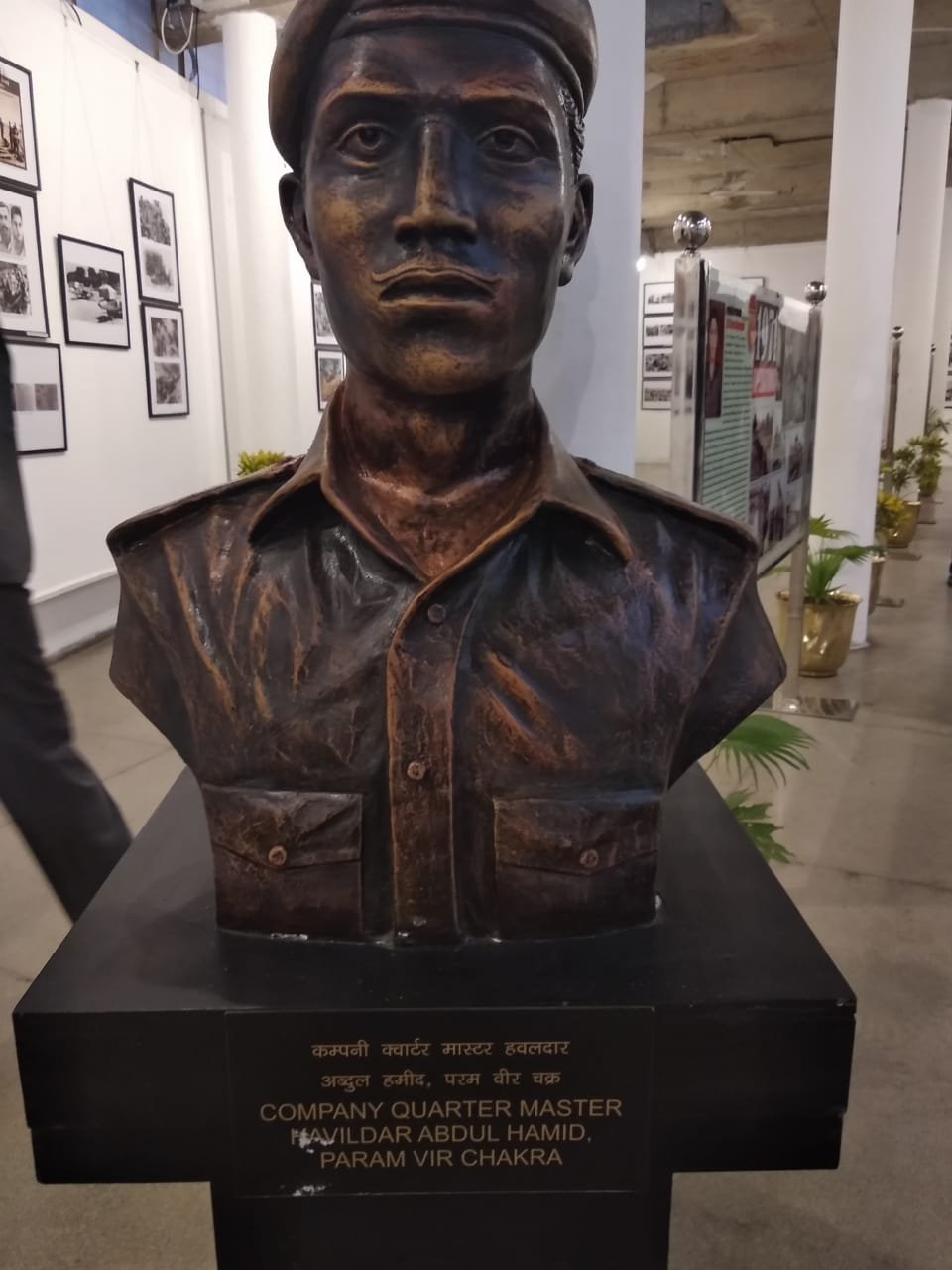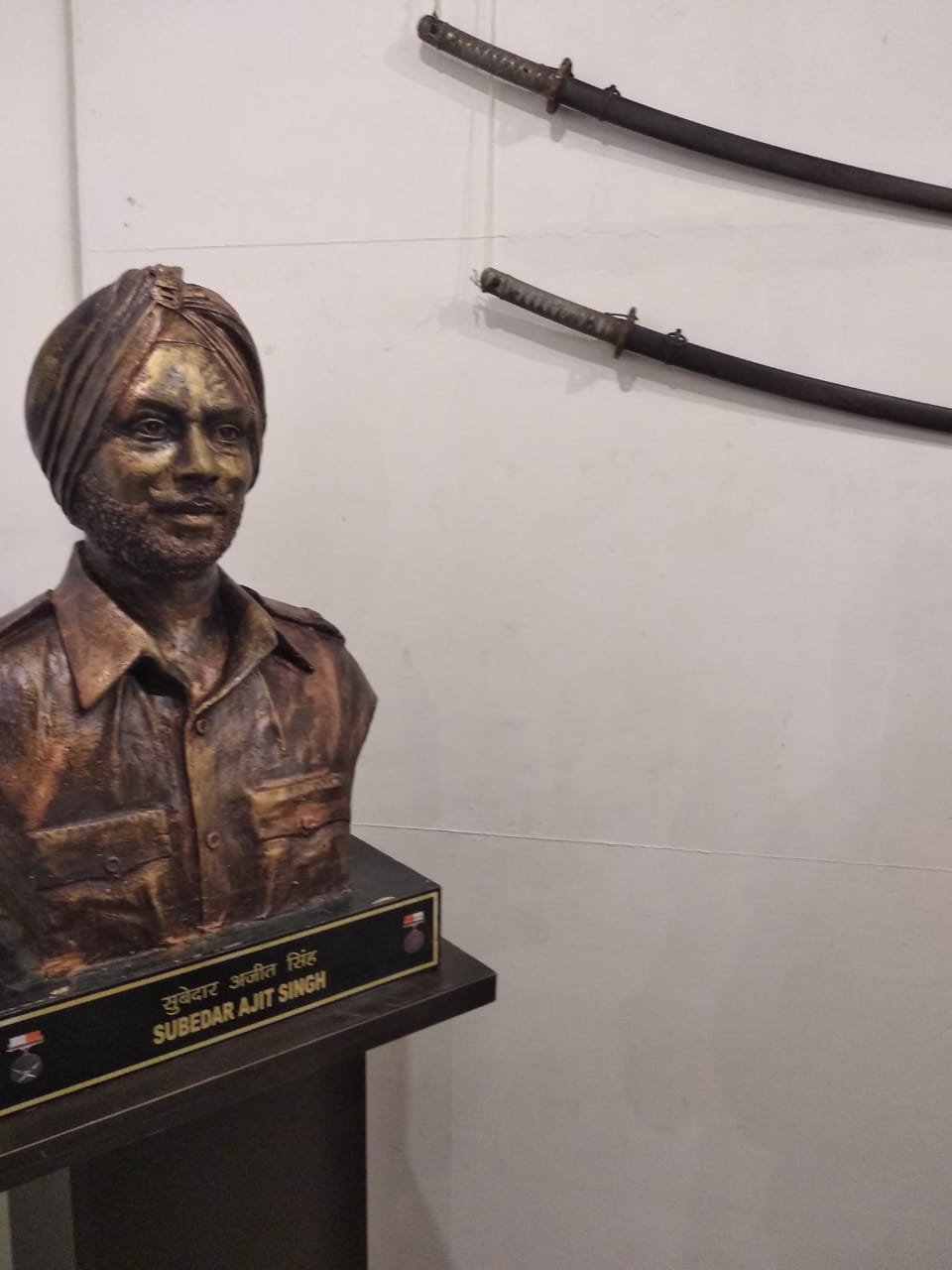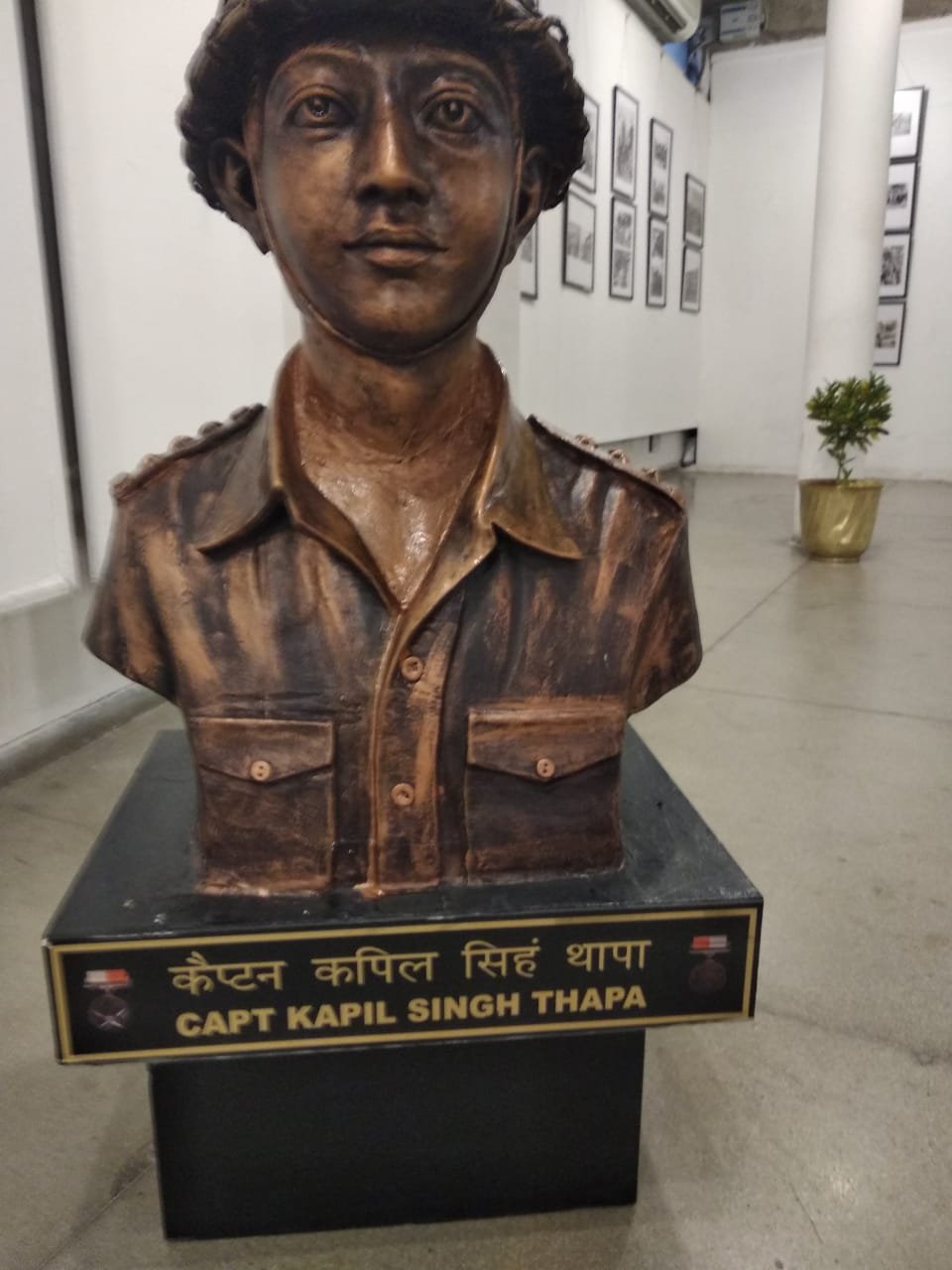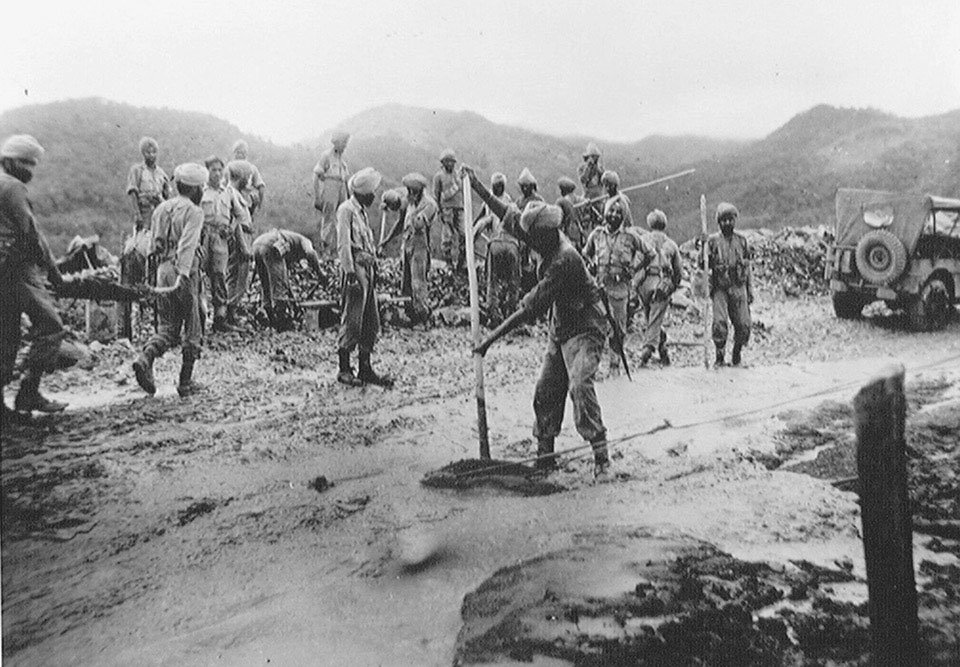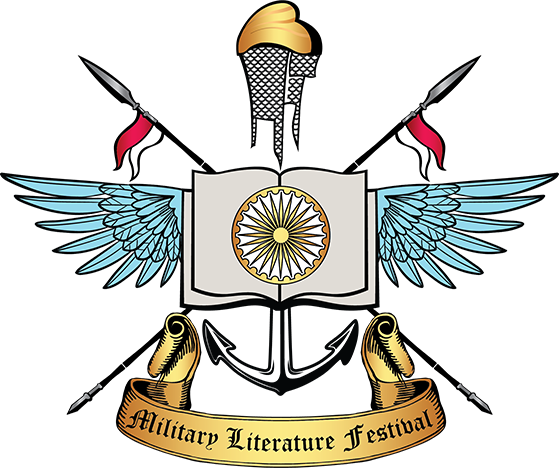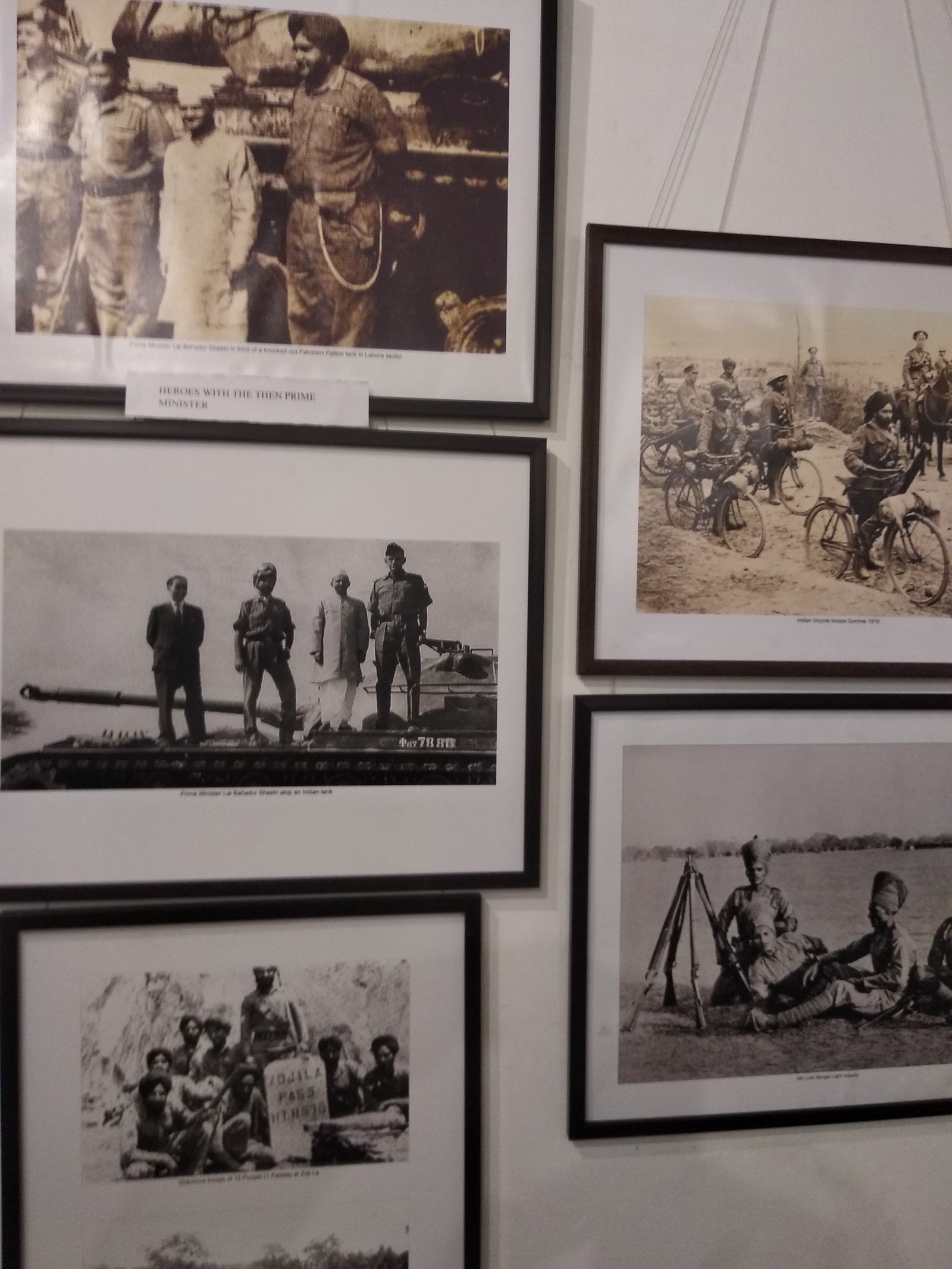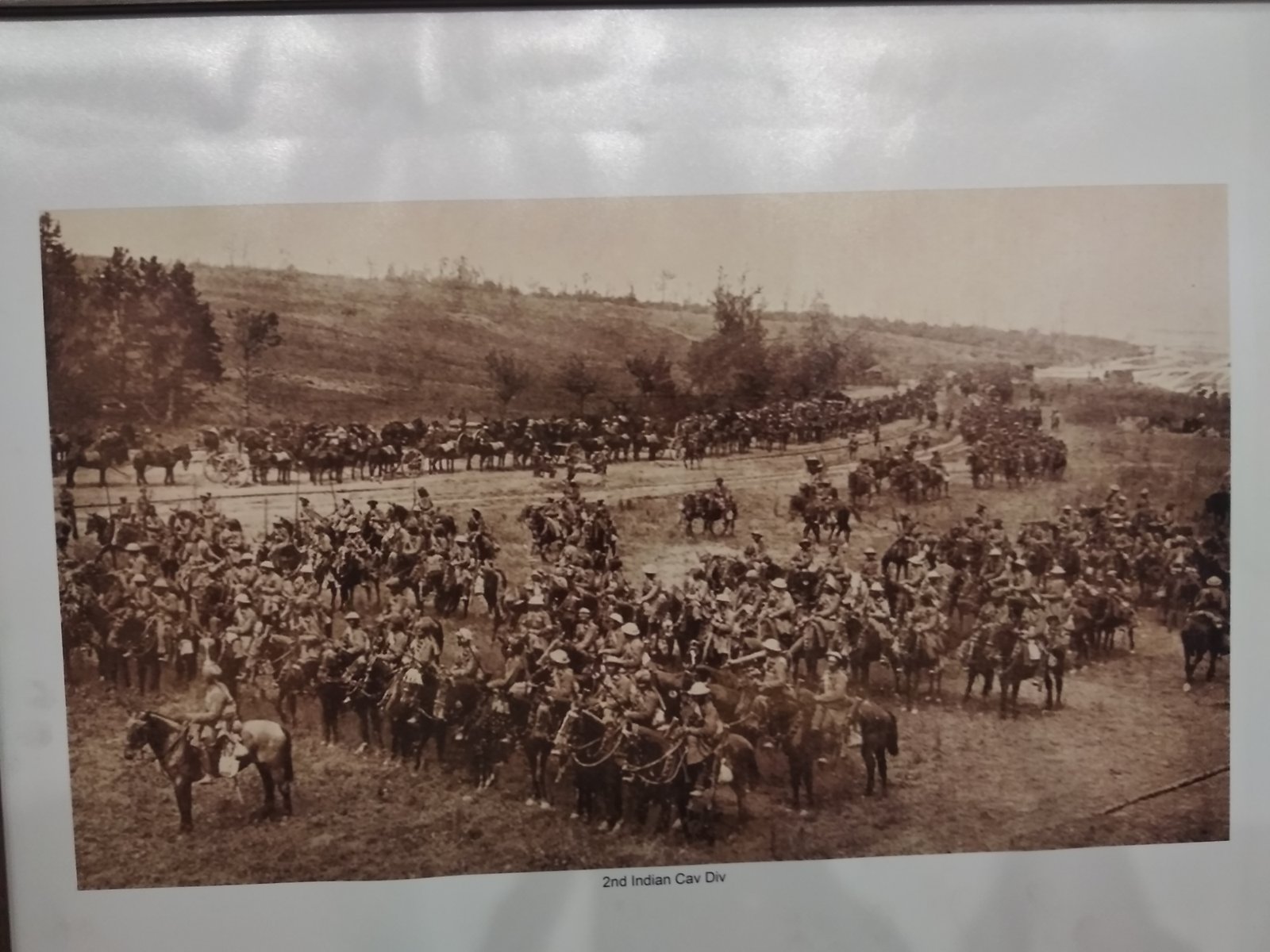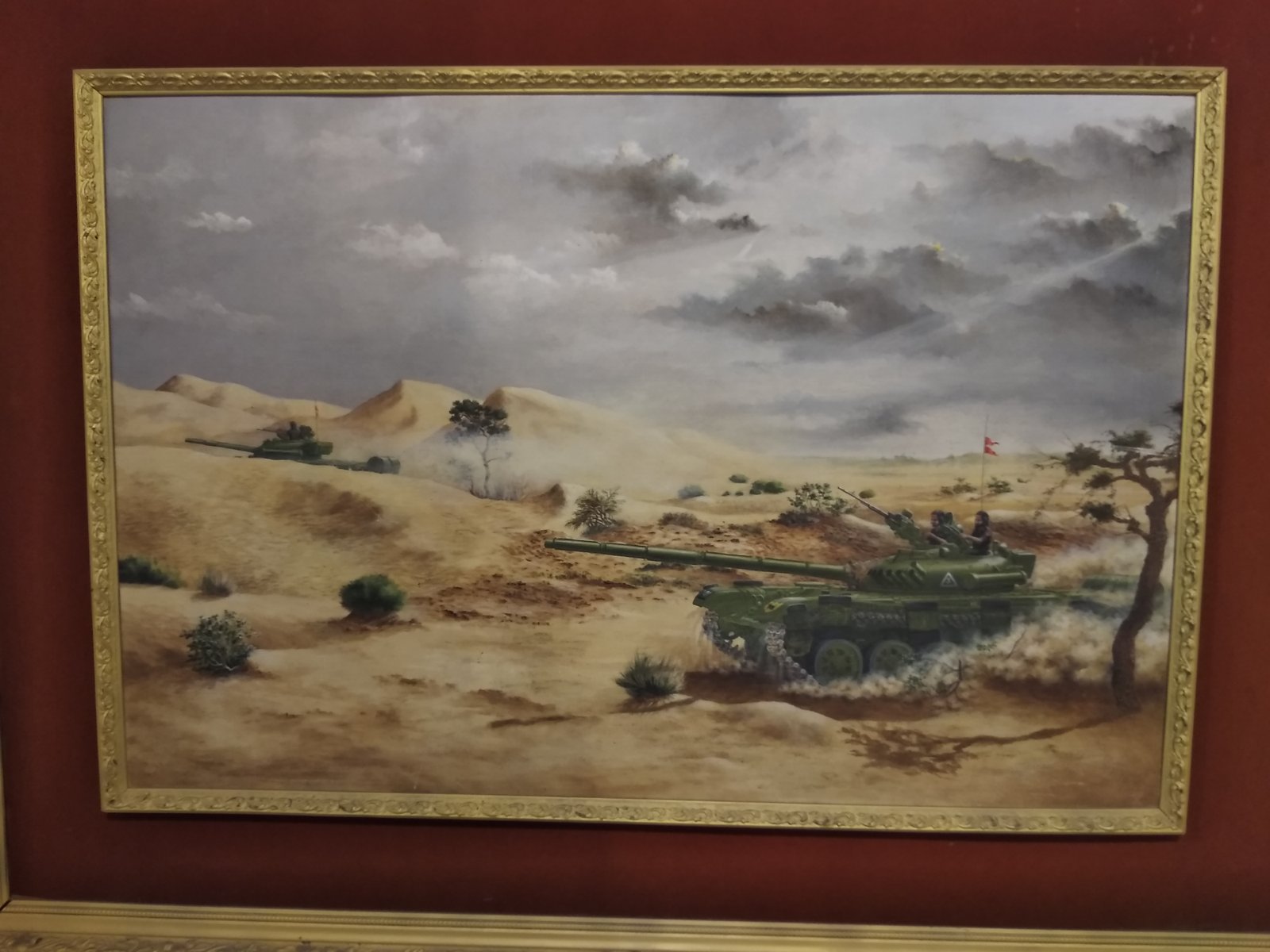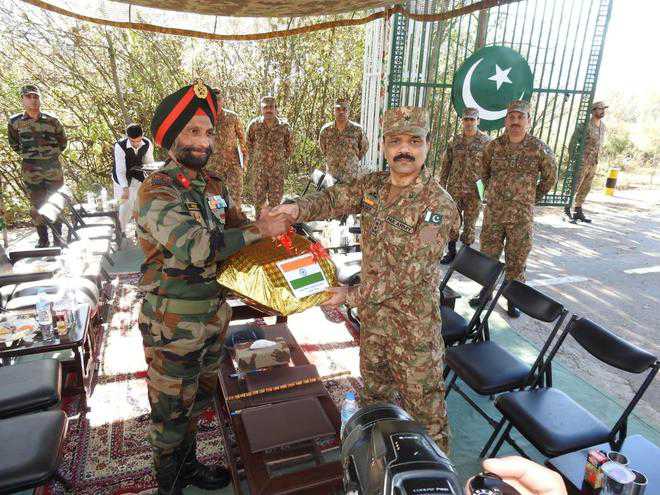The celluloid depiction of the bravery of defence personnel in India has been lacking soul by being belligerent and loud

Nonika Singh
A soldier will fight long and hard for a bit of coloured ribbon. Napoleon Bonaparte
And Indian soldier even more so. The Indian Army and its high morale on battlefield or even off it, has never been a subject of dispute. Alas, the same can’t be said of the celluloid depiction of the bravery of the men in uniform. In a society increasingly turning insular towards the sacrifices its defence forces make, a cinematic tribute ought to be the proverbial knock on the head. But with a few exceptions what makers offer is more like a thud, loud and belligerent.
No doubt men in uniform have never looked more dashing as on our silver screen. For a long time, the Indian cinema has flirted with the image of a defence officer, portraying him in the best of colours — suave, intelligent and undeniably handsome. Be it in fleeting parts as in Sangam, Aradhana or plum roles (Hindustan Ki Kasam, Hum Dono, Border, Rustom), the list of heroes who have donned the uniform and rocked the look runs long and impressive.
But then wearing a uniform on screen is easy. Finding them a matching and equally sterling and inspiring story, however, is easier said than done. No wonder, war movies are not exactly a staple diet of our filmmakers. Except for JP Dutta, whose heart beats for defence personnel, a few have dared to replicate the daring feats of our war heroes. Fewer still make the reel world credible and visceral. If old-timers swear by Haqeeqat whose song ‘Main yeh soch ke’ continues to ring through corridors of time, in more recent memory, the movie that flashes is Border. Based on the Battle of Longewala during the Indo-Pakistan War in 1971 and starring handsome Sunny Deol as Punjab’s very own war hero Major Kuldip Singh Chandpuri, Border went on to win the National Award for National integration. Till date it is rated as the best movie by Dutta, who went on to direct LOC Kargil later.
Depicting the Indian Army’s valiant win on the highest battlefield, LOC, which opened to mixed reviews, had the standard Dutta tropes. Burdening each character with a pining wife and lover is the only way our directors deem fit to create an emotional core in such films dripping with overt sentimentality.
Patriotism, too, is an over used card with which they try to hook and hoodwink the viewer. Films like Anil Sharma’s Ab Tumhare Hawale Watan Saathiyo, touted as the first film on Indo-Pak friendship for instance indulged in blatant Pak bashing . Be it 1971 Beyond Borders or just 1971, which was about six prisoners of war, the directors and scriptwriters rarely push the envelope and, at best, fall in “good effort well intended” category.
Contrast this with the West where films delve deep into the psychology of the battles, what soldiers have to grapple with. Directed by Clint Eastwood, American Sniper — a biographical war drama film — followed the life of Kyle, who became the deadliest marksman in US military history with 255 kills from four tours in the Iraq War. Then there is Kathryn Bigelow’s The Hurt Locker, yet another Iraq war film described as spellbinding and gut-wrenching. Universally acclaimed, it won six Academy Awards, including Best Film and Best Original Screenplay, making Bigelow the first female director to win Best Film award.
Steven Spielberg’s Saving Private Ryan is undisputedly on everyone’s favourite list of war films. Set during the invasion of Normandy in World War II, it asks how important one person’s life is and entails the sacrifices in the line of duty without even once uttering the word. It simply yet emphatically tells the story of a war veteran who sacrifices his life to save yet another soldier, Ryan.
Hollywood succeeds in portrayals that are poignant, gritty and moving in equal parts. These are films where silence speaks and not just the sound of guns. In comparison, desi war dramas only jump the gun and rarely touch a raw nerve.
Invariably, Bollywood does not go beyond paying lip service to the gallant. Jingoism might make Dutta see red, but when he forces unnecessary bravado on us as in his latest Paltan, no other word comes to mind. Prior to the release of this movie based on the Nathu-la military clashes of 1967, which took place along the Sikkim border, he promised that there won’t be a single dry eye. Alas, the only heartfelt moment in the film was the line “Tum 100 crore ke ehsason mein zinda ho”.
Indeed, every once in a while there is a film that demands and commands attention. Shoojit Sircar’s Madras Cafe for instance. Delving into India’s role in Sri Lanka’s ethnic strife and the presence of the IPKF in Sri Lanka, it encapsulated the cycle of events through the eyes of iArmy Intelligence officer Vikram (John Abraham). Despite certain flaws, it did manage to take you into the thick of things. Never mind that it married fact with fiction, it was on point as far as research and authenticity (real names of course were changed) were concerned. Sans item songs or any other digression, it remained close to the subject. Peppered with dialogues like “We lost our Prime Minster and Sri Lankan Tamils their future,” it was indeed an intelligent take on wars, portraying these as essentially what they are — a human tragedy more than anything else.
Dutta, too, asserts that war movies are essentially anti-war. Yet despite his noble intentions, India is yet to make a world class war film, a feat achieved by smaller nations such as Israel whose two films Waltz With Bashir and Foxtrot, dealing with dilemmas of soldiers won critical appreciation worldwide.
Will the upcoming Kesari that tells the story of Battle of Saragarhi, in which an army of 21 Sikhs fought against 10,000 Afghans in 1897, might tilt the scales and give us a cinematic treat that has eludedus so far? In near future we will also get to see movies on Uri attacks and on Captain Vikram Batra who died in the Kargil War and was awarded the Param Vir Chakra posthumously. To what extent will the film on Batra will do justice to the gallant officer, remains to be seen. Uri: The Surgical Strike takes a leaf from the very recent retaliatory ‘surgical strikes’ in the wake of Uri attacks.
Will these movies reverse the tide and rise above clichés? Without doubt these are stories waiting to be told. However, the trick lies in not merely recounting heroic tales but delving deep and going beyond the Mera Bharat Mahan rhetoric too.






















































